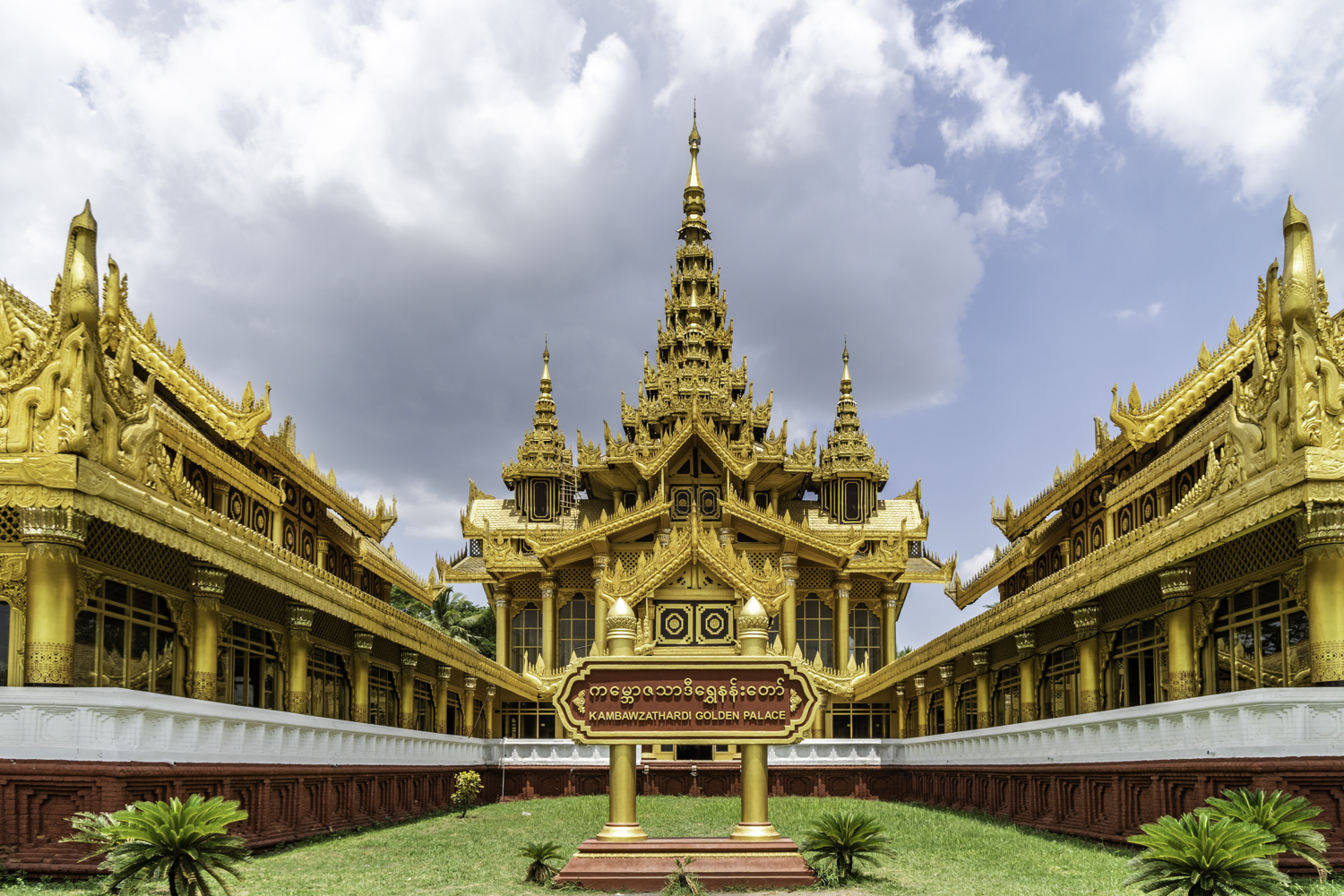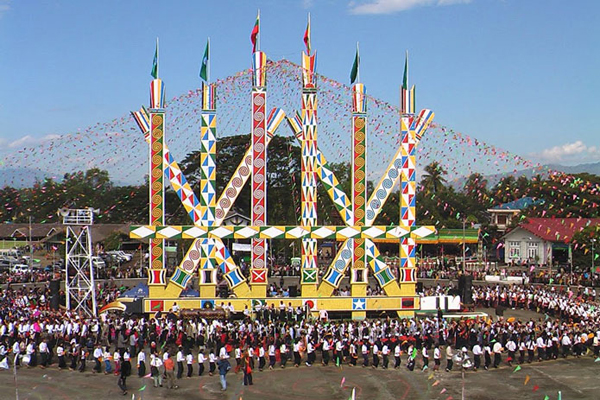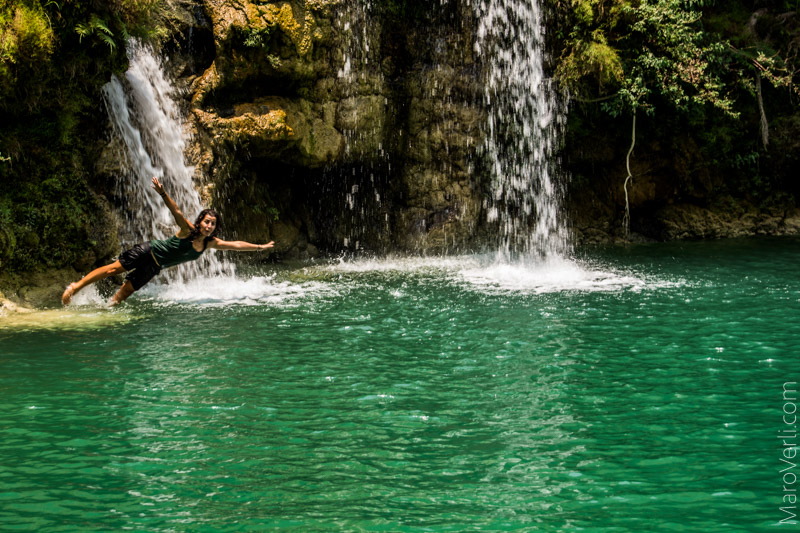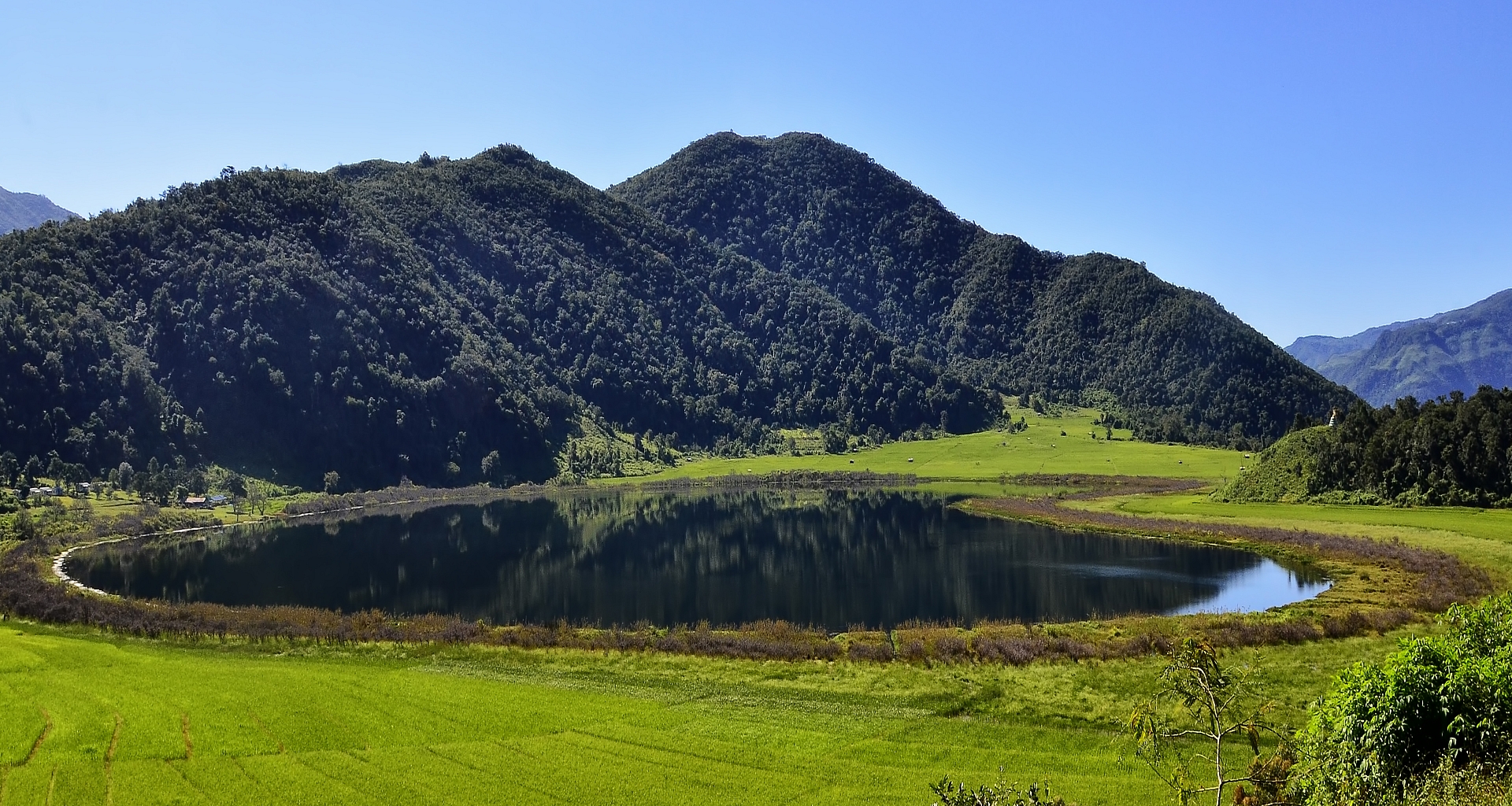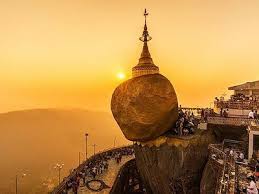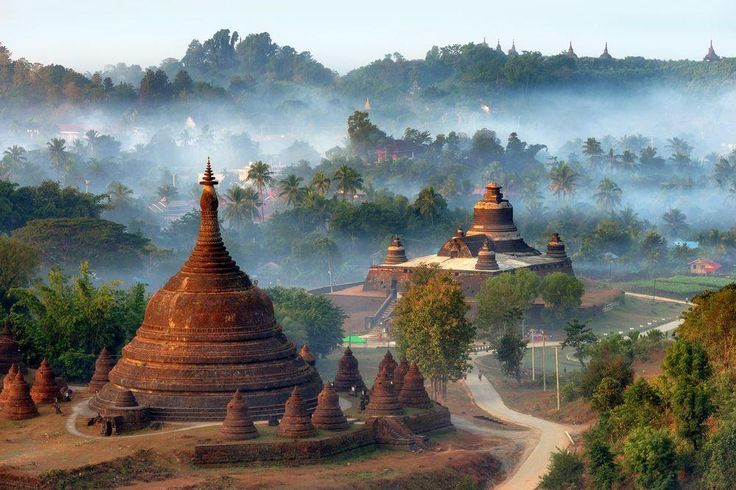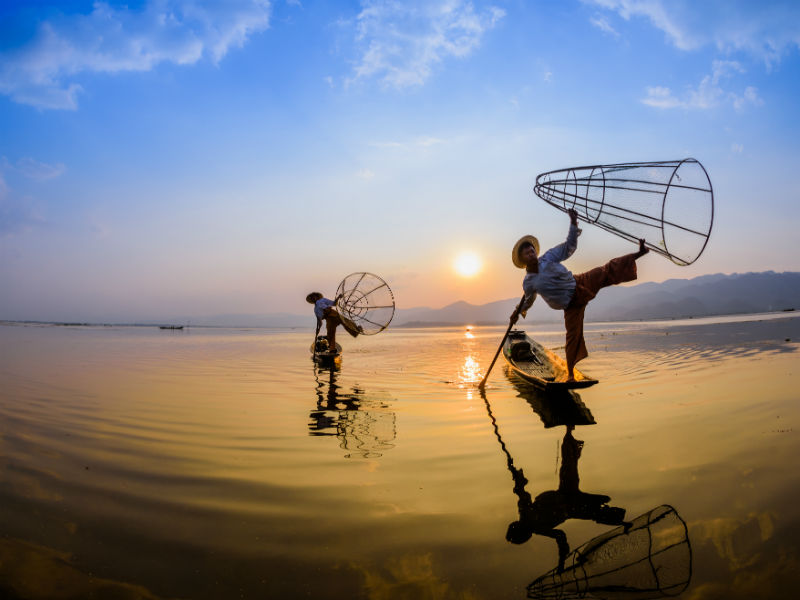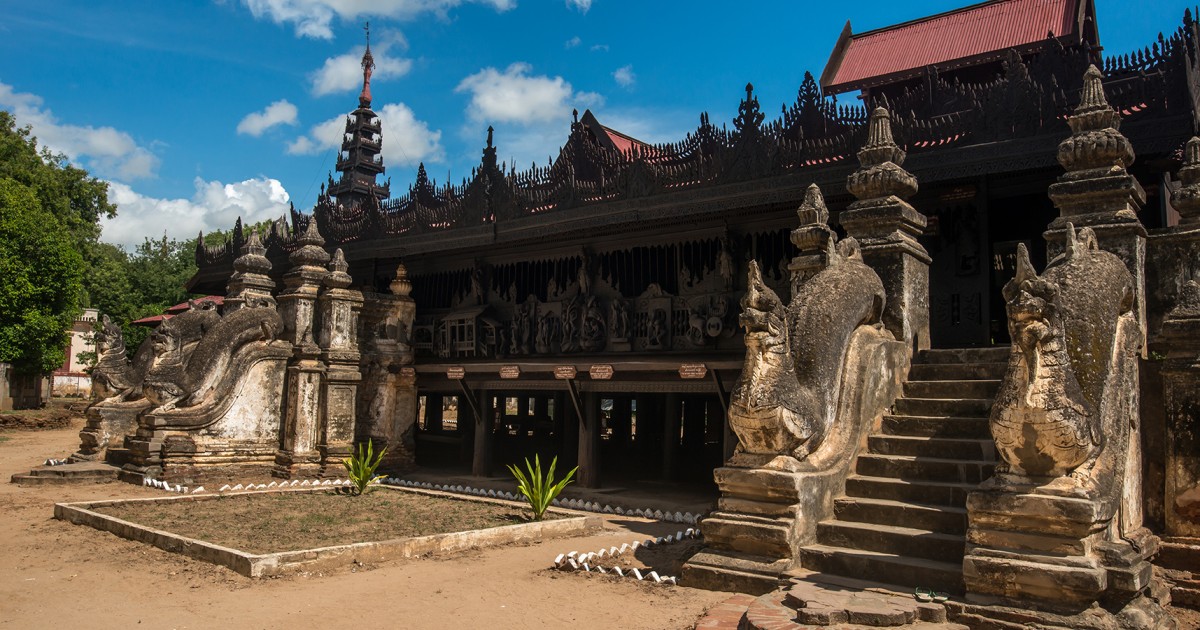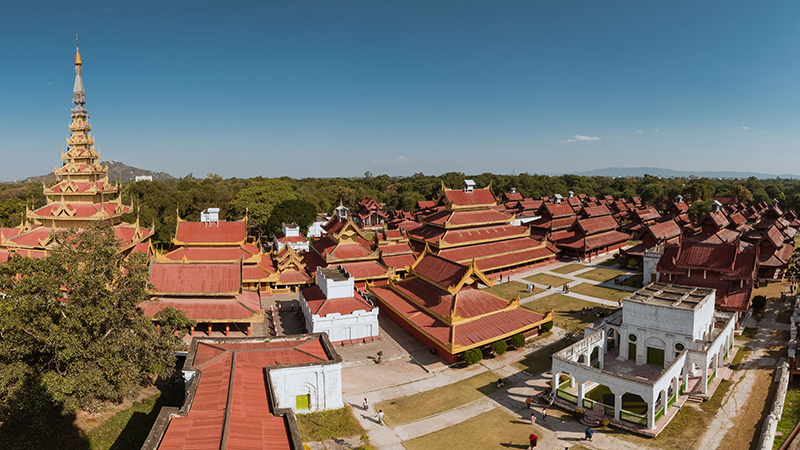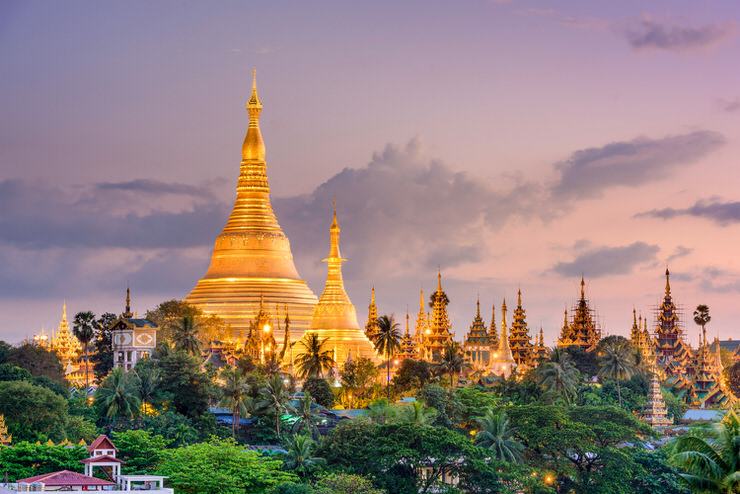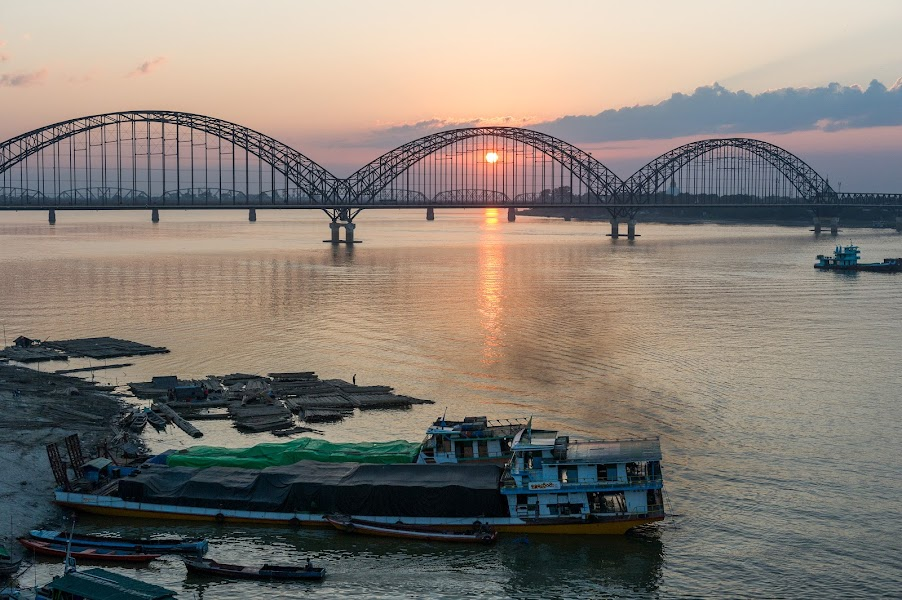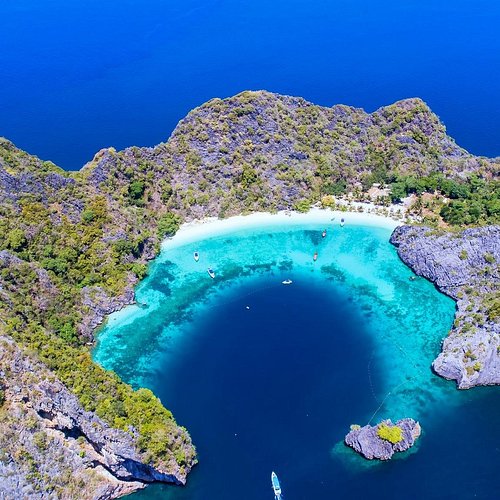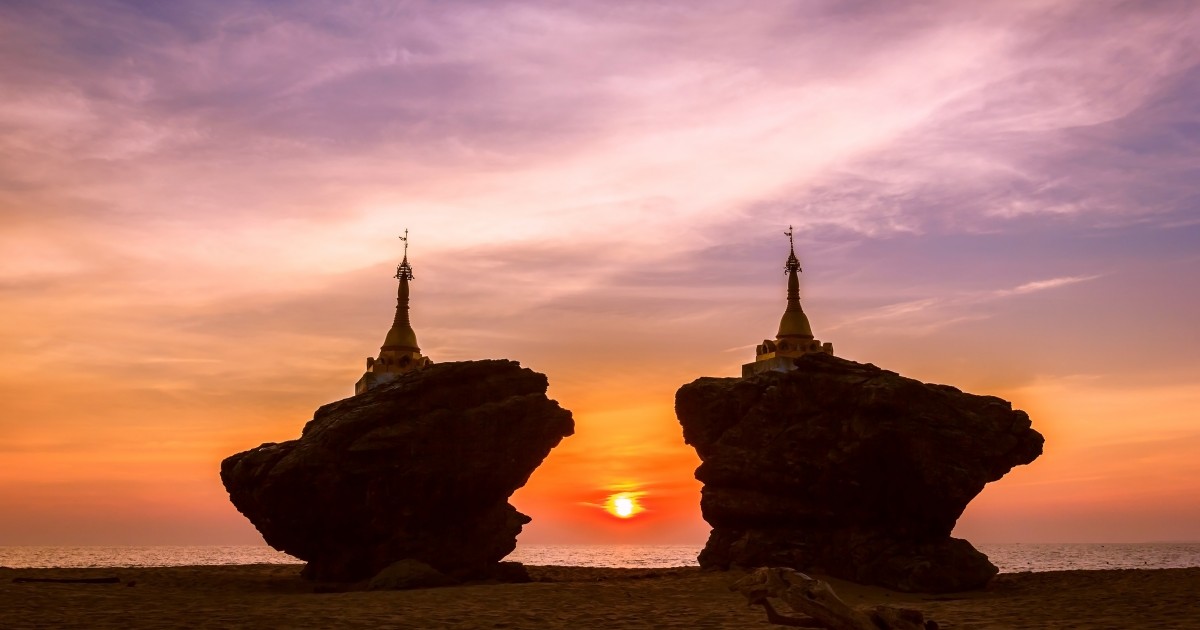Rakhine State
Rakhine State is located on the western coast of Myanmar. It has a long coastline on the Bay of Bengal in the west. The Arakan Mountains, rising to a height of 10,049 feet at Victoria Peak separate Rakhine State from central Burma. The state has some fairly large islands off the coast such as Cheduba and Myingun Islands. Rakhine hosts the Ngapali Beach, one of Myanmar’s premier beach destinations, located only 45 minutes by air from Yangon. Although the beach is quite popular, it is not very crowded. It is famous for its turquoise waters, wide stretches of white sand, palm tree groves and fishing village, it is relatively unspoilt. Rakhine offers a number of tourist spots such as Mrauk U, the ancient city of the Rakhine dynasty, Sittwe, Shitthaung Pagoda, Dukkanthein Pagoda, Kothaung Pagoda, Laymyatnha Pagoda, Andaw Pagoda and many more.
Htukkanthein Temple
Htukkanthein Temple is one of the most famous Buddhist temples in the ancient Arakanese city of Mrauk U, in Rakhine State, Western Myanmar. The name means "Cross-Beam Ordination Hall".
Like most of Mrauk U's Buddhist temples, it is designed as a dual purpose 'fortress-temple'. Although it is a 'thein' (ordination hall), it is one of the most militaristic buildings in Mrauk U, built on raised ground, with a single entrance and small windows. According to Emil Forchhammer, an archaeologist employed by the British Raj to study Mrauk U in the late 19th century, the temples might have been employed as a refuge for the Buddhist religious order in times of war.
The temple enshrining the statues of Buddha was built in 1571 by King Min Phalaung. It is located on a small hill a stone's throw away from the Shite-thaung Temple. At the centre of the temple is a dome topped with a mushroom shaped crown or hti, surrounded by four smaller stupas at the corners. At the facade base of the central dome is a square window designed in such a manner that, at dawn, the sun's rays shine directly onto the main Buddha image inside the central vault. At the west side of the temple is a small meditation chamber, accessible only via the main temple.
The Htukkanthein has three chambers, rotating clockwise inwards. The entire temple has a total of 180 Buddha images in niches (179 smaller ones along the corridors, and 1 at the central vaulted chamber). On each side of the niches are sculpted male and a female figures said to represent the donors who made the construction of the temple possible.
